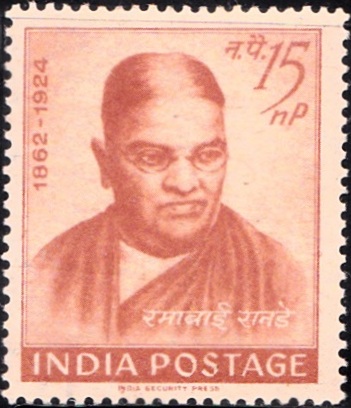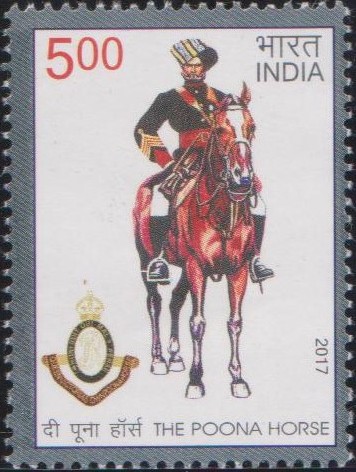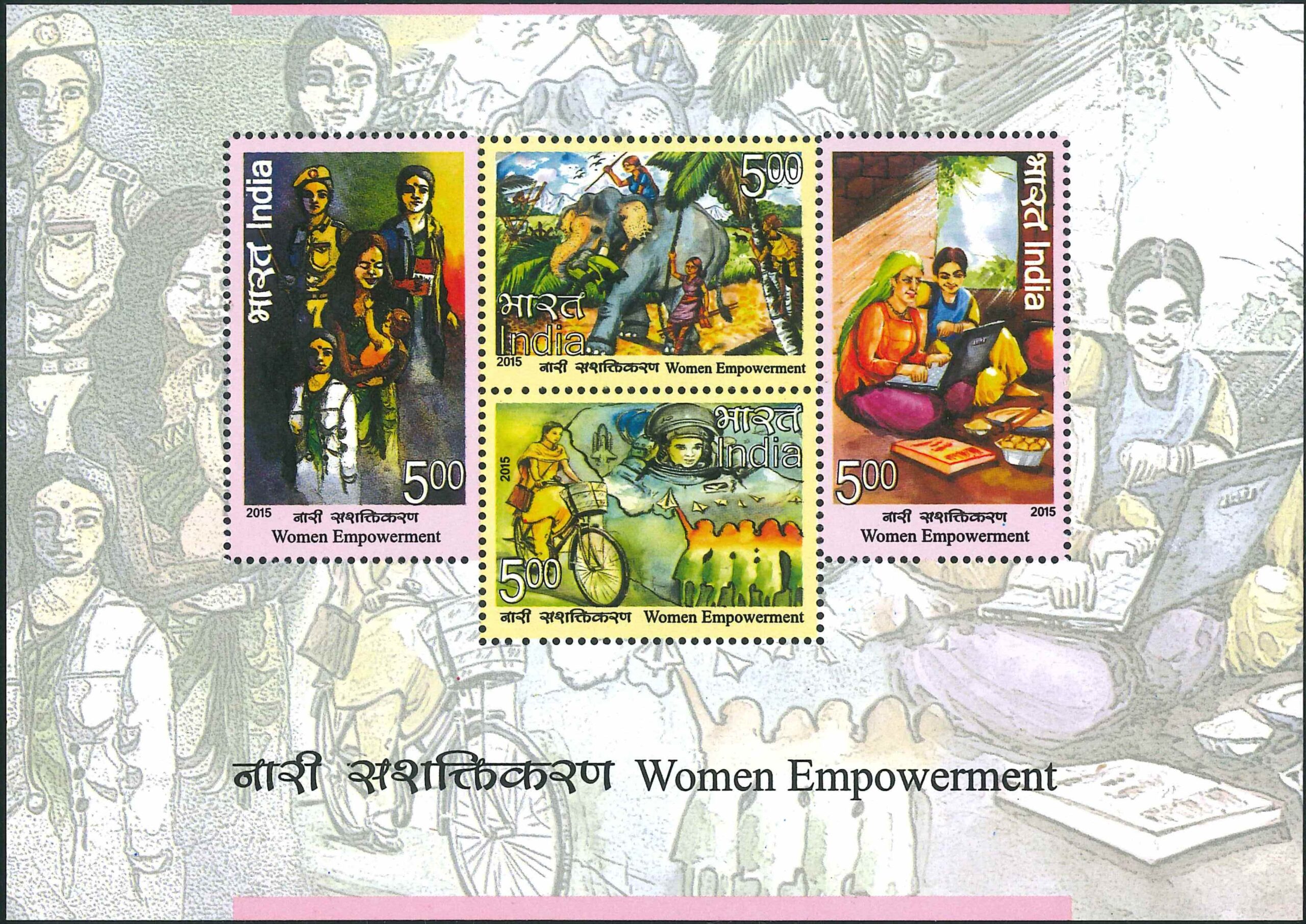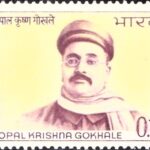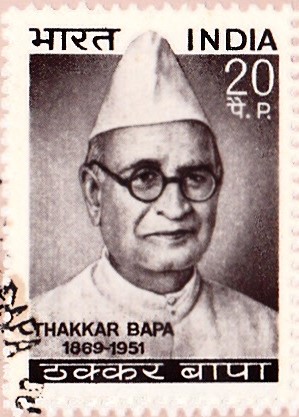
Ramabai Ranade
A commemorative postage stamp on the Birth Centenary of Shrimati Ramabai Ranade, an Indian social worker, one of first women’s rights activists in 19th century, wife of Mahadev Govind Ranade :
Issued on Wednesday, Aug 15, 1962
Issued for : The Post and Telegraphs Department feels honoured in paying a tribute to this great lady by bringing out a special postage stamp in commemoration of her birth Centenary celebrated this year.
Type : Stamp, Mint Condition
Colour : Red Brown
Denomination : 15 nP.
Size : 3.3 x 2.9 cms.
Perforation : 13½ x 14
Watermark : All over multiple ‘Lion Capital of Asoka‘
Number of Stamps printed : 2.5 million in sheets of 42
Set : 42 Stamps per issue sheet
Printing Process : Photogravure
Printed at : India Security Press, Nasik Road
Name : Ramabai Ranade
Born on Jan 25, 1863 at Devarashtre, Satara, Bombay Presidency, British India [now in Kolhapur, Maharashtra]
Died on 1924
About :
- The late Smt. Ramabai Ranade – whose birth centenary was celebrated in India on January 25, 1962 – was born in January 1862 in a little village in Satara District near Poona. Her father had not taught her to read and write. Girls’ education was a taboo in those days. As a little girl of 11 years she was married to Shri Madhav Govind Ranade, a pioneer in the social reform movement. He devoted all his spare time to educate her in face of all the opposition of the women of the house and helped her to become an ideal wife and a worthy helpmate in social and educational reform work.
- Ramabai made her entry into public life in the 1870s but it was after Justice Ranade‘s death in 1901 that she wholly identified herself with the cause of women in India.
- She willingly became a Visitor of the Central Prison and the Lunatic Asylum at Yeravada. She regularly visited the prison, prayed with women-prisoners and tried to regenerate their souls. She visited the Lunatic Asylum and attended meetings of its managing committee. She went to see boys in the Reformatory School, spoke to them and distributed sweets to them on festive occasions.
- Ramabai‘s philanthropic instinct knew no bounds. Not only did she go to visit patients in the local hospitals, distributing fruits, flowers and books, and spoke to them with loving sympathy, but she also went out to Gujarat and Kathiawar in 1913 to organise relief for the famine-stricken people. Even in the closing years of her life she went to Alandi at the time of Ashadhi and Kartiki fares, with volunteers from the Seva Sadan, to render help to women pilgrims visiting the shrine of St. Dnyaneshwar. In taking up this activity she laid foundations for a new type of social service for women.
- In 1904 when Dr. R.G. Bhandarkar, Shri Bhajekar and other leaders of social reform proposed to organise an All-India Women Conference they look to Smt. Ranade for her co-operation, lead and support. The first session of the Conference was held under the presidentship of Smt. Ranade in December 1904, at Bombay.
- In 1908 Shri B.M. Malbari and Shri Dayaram Gidumal thought of starting a Society for founding a home for women and training Indian women to be “Sevikas“. They turned to Smt. Ranade, the President of the First All-India Women’s Conference for her lead, guidance and help. And thus the Seva Sadan (Bombay) was founded.
- Next in 1915 the Poona Seva Sadan was registered as a Society under her guidance. The Society expanded its old educational departments and started new ones. It developed a Women’s Training College, three hostels; one of them for Medical Students and Probationer Nurses.
- In 1924, when Smt. Ranade died, the Poona Seva Sadan was training more than one thousand women in different departments. It was largely owing to Smt. Ranade‘s initiative, guidance and exertions that the Seva Sadan found a footing and grew so rapidly in spite of prevailing prejudices.
- The last two outstanding contributions which Smt. Ranade made were; first, the organisation of agitation for extending compulsory and free primary education to girls; and secondly, organisation of women’s suffrage movement in Bombay presidency in 1921-22.
- The singular position which Smt. Ranade had attained at the close of her life is brought home to us by Mahatma Gandhi‘s tribute to her : “The death of Ramabai Ranade is a great national loss. She was the embodiment of all that a Hindu widow could be. She was a true friend and helpmate of her illustrious husband in his life-time. After his death she chose as her life-work one of her husband’s activities. Justice Ranade was a reformer and deeply interested in the uplift of Indian womanhood. Ramabai threw herself heart and soul into the Seva Sadan. She concentrated her whole energy upon it. The result is that the Seva Sadan has become an institution without a second of its kind throughout India.“


